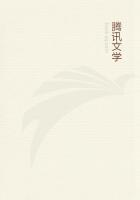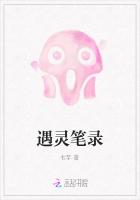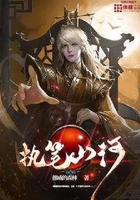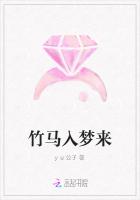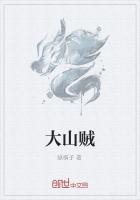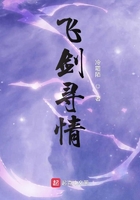To a Japanese, accustomed to simplicity of ornamentation and frequent change of decorative method, a Western interior permanently filled with a vast array of pictures, statuary, and bric-a-brac gives the impression of mere vulgar display of riches.
It calls for a mighty wealth of appreciation to enjoy the constant sight of even a masterpiece, and limitless indeed must be the capacity for artistic feeling in those who can exist day after day in the midst of such confusion of color and form as is to be often seen in the homes of Europe and America.
The "Abode of the Unsymmetrical" suggests another phase of our decorative scheme.The absence of symmetry in Japanese art objects has been often commented on by Western critics.
This, also, is a result of a working out through Zennism of Taoist ideals.Confuciani**, with its deep-seated idea of dualism, and Northern Buddhism with its worship of a trinity, were in no way opposed to the expression of symmetry.As a matter of fact, if we study the ancient bronzes of China or the religious arts of the Tang dynasty and the Nara period, we shall recognize a constant striving after symmetry.The decoration of our classical interiors was decidedly regular in its arrangement.The Taoist and Zen conception of perfection, however, was different.The dynamic nature of their philosophy laid more stress upon the process through which perfection was sought than upon perfection itself.True beauty could be discovered only by one who mentally completed the incomplete.The virility of life and art lay in its possibilities for growth.In the tea-room it is left for each guest in imagination to complete the total effect in relation to himself.Since Zennism has become the prevailing mode of thought, the art of the extreme Orient has purposefully avoided the symmetrical as expressing not only completion, but repetition.Uniformity of design was considered fatal to the freshness of imagination.Thus, landscapes, birds, and flowers became the favorite subjects for depiction rather than the human figure, the latter being present in the person of the beholder himself.We are often too much in evidence as it is, and in spite of our vanity even self-regard is apt to become monotonous.
In the tea-room the fear of repetition is a constant presence.
The various objects for the decoration of a room should be so selected that no colour or design shall be repeated.If you have a living flower, a painting of flowers is not allowable.If you are using a round kettle, the water pitcher should be angular.
A cup with a black glaze should not be associated with a tea-caddy of black laquer.In placing a vase of an incense burner on the tokonoma, care should be taken not to put it in the exact centre, lest it divide the space into equal halves.The pillar of the tokonoma should be of a different kind of wood from the other pillars, in order to break any suggestion of monotony in the room.
Here again the Japanese method of interior decoration differs from that of the Occident, where we see objects arrayed symmetrically on mantelpieces and elsewhere.In Western houses we are often confronted with what appears to us useless reiteration.We find it trying to talk to a man while his full-length portrait stares at us from behind his back.We wonder which is real, he of the picture or he who talks, and feel a curious conviction that one of them must be fraud.Many a time have we sat at a festive board contemplating, with a secret shock to our digestion, the representation of abundance on the dining-room walls.Why these pictured victims of chase and sport, the elaborate carvings of fishes and fruit? Why the display of family plates, reminding us of those who have dined and are dead?
The simplicity of the tea-room and its ******* from vulgarity make it truly a sanctuary from the vexations of the outer world.
There and there alone one can consecrate himself to undisturbed adoration of the beautiful.In the sixteenth century the tea-room afforded a welcome respite from labour to the fierce warriors and statesmen engaged in the unification and reconstruction of Japan.
In the seventeenth century, after the strict formalism of the Tokugawa rule had been developed, it offered the only opportunity possible for the free communion of artistic spirits.Before a great work of art there was no distinction between daimyo, samurai, and commoner.Nowadays industrialism is ****** true refinement more and more difficult all the world over.Do we not need the tea-room more than ever?


